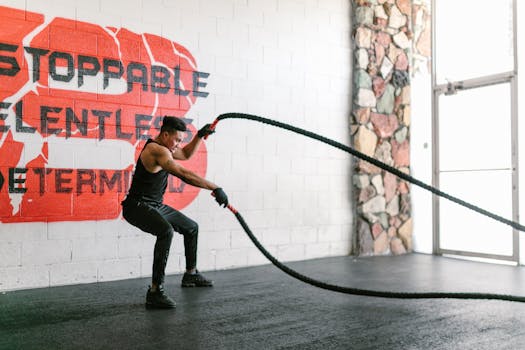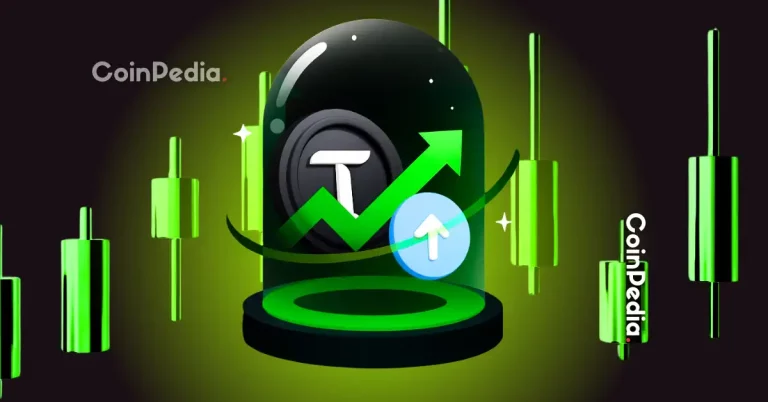
High-Intensity Interval Training (HIIT): The Ultimate Cardio Workout
Takeaways: HIIT is a time-efficient workout that alternates between intense bursts of activity and short recovery periods. This method not only boosts cardiovascular fitness but also enhances metabolic rate, promoting fat loss and muscle gain. With its versatility and minimal equipment requirements, HIIT can be adapted for any fitness level.
High-Intensity Interval Training, commonly referred to as HIIT, has become a buzzword in the fitness industry. This training technique has gained popularity due to its ability to deliver maximum results in minimal time. In this article, we will explore what HIIT is, its benefits, how to get started, and tips to make the most out of your HIIT workouts.
What is HIIT?

The beauty of HIIT is its flexibility. You can incorporate various exercises such as sprinting, cycling, jump rope, or bodyweight movements like burpees and squats. The structure of a HIIT workout can vary significantly, but a common approach is the 30:30 ratio—30 seconds of intense activity followed by a 30-second rest.
Benefits of HIIT

- Time Efficiency: With workouts typically lasting only 10-30 minutes, HIIT is perfect for individuals with tight schedules.
- Increased Caloric Burn: HIIT can burn more calories in a shorter amount of time compared to traditional steady-state cardio. According to a study published in the Journal of Obesity, HIIT can lead to higher post-exercise oxygen consumption, meaning you continue to burn calories even after your workout.
- Improved Cardiovascular Health: HIIT workouts can enhance your cardiovascular fitness, improve heart health, and increase your VO2 max, which is a measure of your body’s ability to use oxygen during exercise.
- Fat Loss: HIIT has been shown to reduce body fat while maintaining lean muscle mass. This is particularly beneficial for those looking to lose weight without sacrificing muscle.
- Adaptable for All Fitness Levels: Whether you’re a beginner or an experienced athlete, HIIT can be tailored to suit your fitness level.
How to Get Started with HIIT

- Choose Your Exercises: Select a variety of exercises that you enjoy. This could include running, cycling, jumping jacks, or kettlebell swings.
- Plan Your Intervals: Decide on the duration of your high-intensity and low-intensity intervals. A common beginner’s approach is to start with a 20-second sprint followed by 40 seconds of rest.
- Warm-Up: Always start with a proper warm-up to prepare your body for the intense workout ahead.
- Stay Hydrated: Drink plenty of water before, during, and after your workout to stay hydrated.
- Cool Down: After your HIIT session, cool down with some stretching to help your muscles recover.
Tips for Successful HIIT Workouts

- Listen to Your Body: HIIT is intense, so it’s essential to listen to your body and modify exercises if needed.
- Track Your Progress: Keep a record of your workouts to monitor improvements in your performance.
- Incorporate Variety: To prevent boredom and work different muscle groups, change your exercises regularly.
- Rest and Recover: Give your body adequate time to recover between HIIT sessions to prevent fatigue and injury.
Conclusion

For more information about HIIT, check out these resources: Healthline on HIIT Benefits, Mayo Clinic on Interval Training, and Verywell Fit on HIIT Explained.






